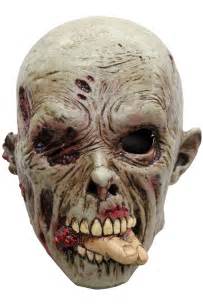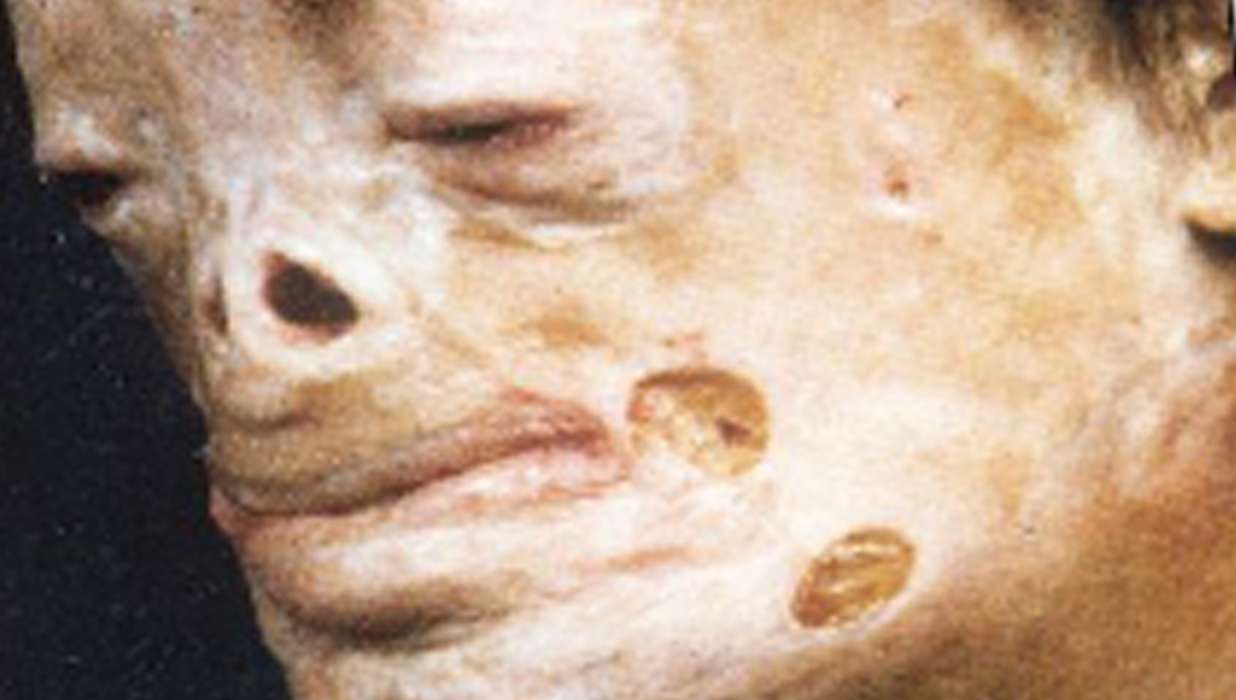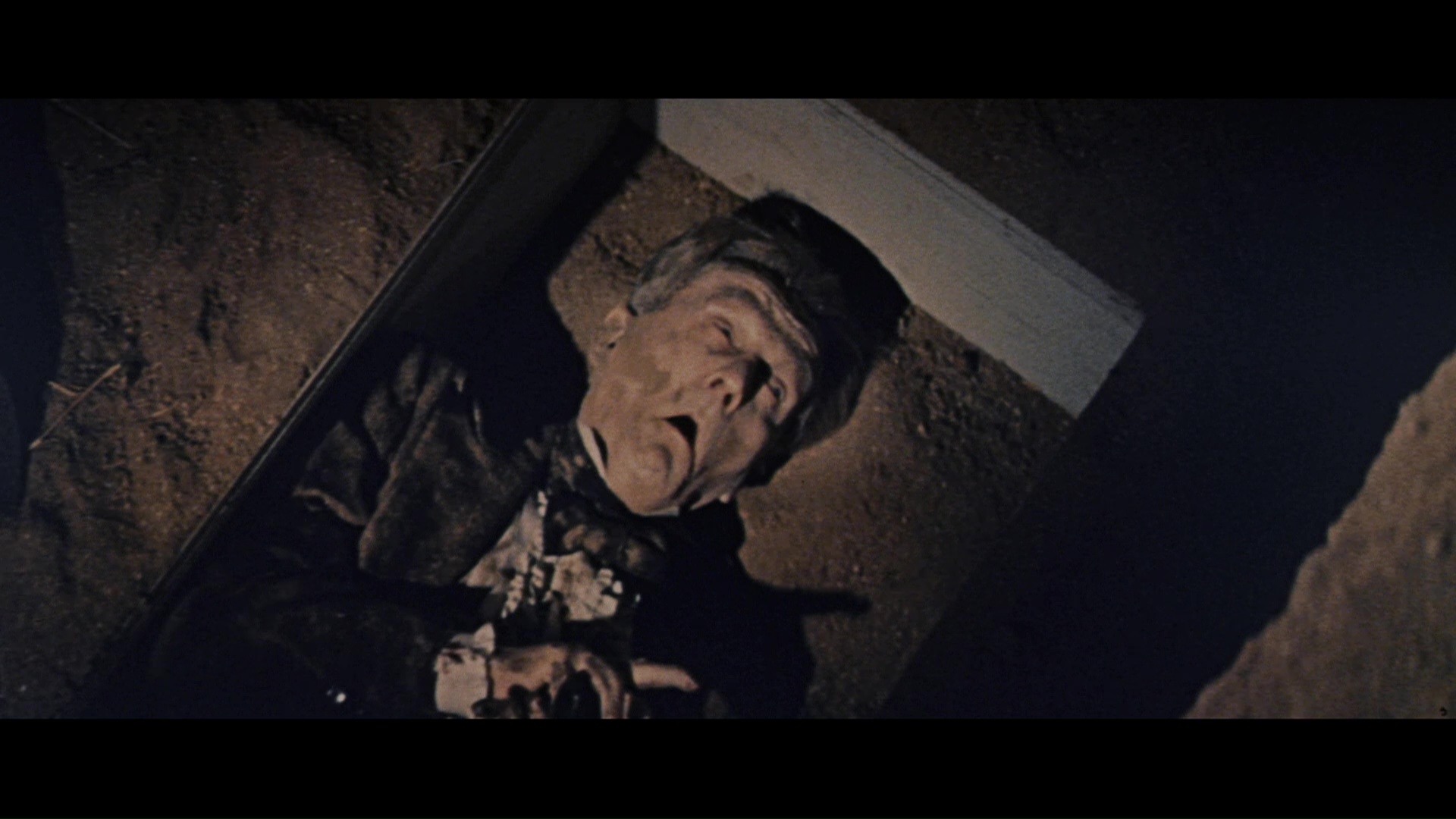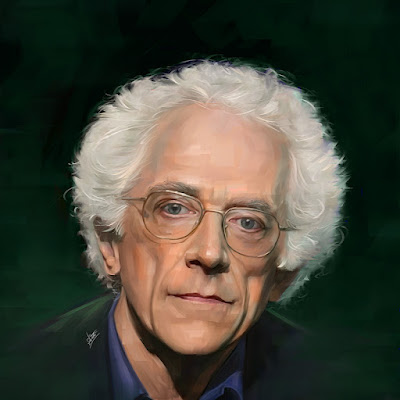Today, we are honored to present the ongoing interview that Michael Williams, author of the (at present) four-book series of brilliant flash fiction series Twisted Tales: Tales with a Twist, Tales with a Twist II, Tales with a Twist III, and Tales with a Twist IV.
Parts of this interview originally appeared on the Campbell and Rogers Press website.
Q: What interests you in the super-short genre of flash fiction?
A: Alfred Hitchcock once said that a movie shouldn’t be longer than the capacity of the human bladder. I find I agree. Edgar Allan Poe considered the effect of short fiction to be more intense than that of longer works, such as novels or—my apologies to Hitch—full-length motion pictures. I also tend to concur with Poe: shorter fiction can pack more of an emotional wallop than longer forms. In our modern, fast-paced world, I think shorter fiction is also more convenient for many. A lot of people want complete stories without having to spend hours or days to read them.
Q: It seems that you prefer fantastic to realistic stories. Why is that?
Q: As the title of your book suggests, your tales are rather “twisted.” I'm going to ask the question most writers hate to hear: Where do you get your ideas?
A: I'm an eclectic reader. I enjoy learning about a variety of subjects. I guess you could say I'm a generalist. Sometimes, when the stars are in alignment, a remembered fact here will meet up with a recalled fact there, and, out of this connection of one thing and another, an idea will emerge. I might combine one of Thomas Edison’s inventions with the spiritualistic belief in the ability of the living to communicate with the dead, or I could update an ancient myth or a modern horror movie. As Arthur Golding wrote, in translating John Calvin, “All is grist for the mill.”
Q: I know you're something of a mariner. Does the sea ever feature in your stories?
Q: By definition, according to the title of your series, Twisted Tales, and by the titles of the books in the series, each of your flash fiction narratives contains a plot twist. How do you think up so many of them?
A: Usually, the story suggests one. However, I also employ a couple of tricks, or techniques—three, actually. First, when plotting a story such as those in Tales with a Twist, Tales with a Twist II, Tales with a Twist III, or Tales with a Twist IV, I keep in mind the idea that almost everything has a direct opposite: new, old; lost, found; hero, villain; reward, punishment; rich, poor; right, wrong. Then, I start with one polarity and end with its opposite. The second way is more concrete. I keep a list of the plot twists I see in novels, short stories, movies, and TV series. Then, I adapt them to fit the situation or circumstances of my own stories. My third technique is to remember that there is a fine line not only between good and evil and right and wrong, but between all such polar opposites. A person who is cautious may become distrustful or even paranoid; a man who's strict can become controlling; a woman who's concerned with her own health and that of others—a doctor or a nurse, perhaps—can become a hypochondriac; a trusting person may become gullible. Each of these possibilities is a source of plot twists.
Q: How many of your tales with a twist are autobiographical?
A: Many of them are fantasies in which I explore how something might be if a particular set of unusual circumstances were to apply. Many of my stories are thought experiments, of a sort. I place a certain type of character in a particular kind of environment and see whether he or she adapts and, if the character does adapt, how he or she manages to do so. Frequently, the environment is physical, but it need not be; some of my stories' environments are philosophical, or moral, or psychological, or political, or cultural, or otherwise. The autobiographical element, when there is one, may be small—a detail here or there, the description of a place I've been, desires I've experienced, wishes I may have wanted to fulfill, thoughts or feelings or impressions I've had, that sort of thing, embedded in the narration, the exposition, or the dialogue.
Q: Michael, you've done it again!
A: Shhh!
Q: Your latest Twisted Tales volume—I'd say they get better and better but, the truth is, they're all great reads.
A. My modesty forbids me from bragging, but thanks.
Q: I don't know how you do it. This is Volume IV, and it and its predecessors each contain at least thirty tales each. You've written over 120 tales with a twist.
A. Bourbon is my muse. Actually, I drink scotch. Or rum. Or tequila. Whatever's handy. Seriously, though, there are so many folks and so much chicanery and sheer madness in the world, my own included, that it's hard not to write if you're an author who enjoys parody and satire. If Tales with a Twist (psst! TV producers, I'm making a pitch here) were a television series, it would be going into its eighth season.
Q: Your maritime adventures notwithstanding, is there going to be a Tales with a Twist V, Michael?
A: As soon as possible. I mean, maintaining a boat ain't cheap.















.jpg/800px-Female_patient_with_melancolie_catalepsy_Wellcome_L0040298_(cropped).jpg)









































